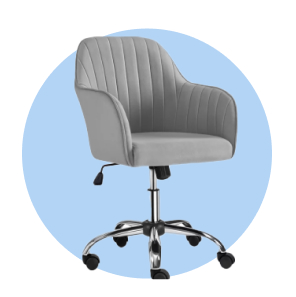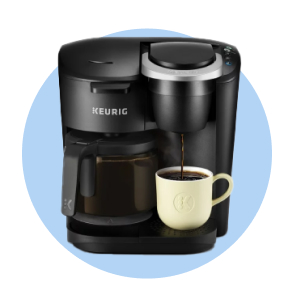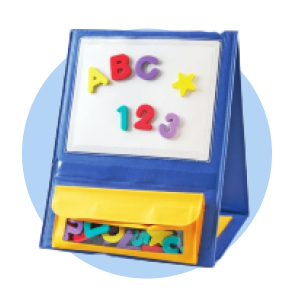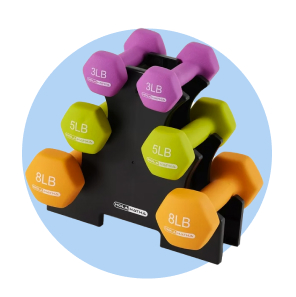
5 Quick & Easy Ways to Organize Office Supplies
Get your supplies in order
Does keeping track of office supplies feel like an exercise in frustration? If so, you’re not alone. Businesses have been dealing with disappearing pens and missing sticky notes since the dawn of the office space. That might seem like a minor annoyance for business owners and office managers, but it’s actually worse—disorganized supplies contribute to everything from lost workplace productivity to costly and unnecessary reorders.
Benefits of organizing office supplies
There’s no shortage of good reasons to keep office supplies in order. Picture what might happen if an office ran out of paper unexpectedly—even in our digital age, workers can generate two pounds of paper each day. Having an organization and inventory system helps businesses get ahead of shortages by restocking before they become a problem.
There’s also the financial side to consider. A discarded pen or misplaced stapler alone won’t put you in the red, but over time, those losses add up. When office supplies are lost or stolen, companies can spend up to 1.4% of their total annual revenue replacing them. On the other hand, knowing how to organize office supplies helps everyone use them efficiently, saving money in the long term.
Finally, there’s the issue of office clutter, which compromises everything from workplace performance to mental health. Keeping your supplies organized goes a long way toward helping your team focus on their work.
5 ways to better organize office supplies
1. Understand your office layout
Office organization always starts with office layout. Since the available space in your office determines where you can house supplies—and how much you can store—it helps to plan around that space.
Take a look at the different sections of your office. Where is the printing station? How many closets and cupboards do you have? Even understanding your floor space is important, since that determines where you can install new shelves or place filing cabinets.
As you organize office supplies, use these insights to position them where they will be most effective. For example, if your office has a lot of square footage or spans multiple floors, keeping everything in a single storage closet can actually be inconvenient for many employees. If that’s the case, it’s better to distribute supplies across efficiently located supply areas.

2. Categorize your supplies
Office supplies can be categorized in myriad ways, and the system that works best for you will depend largely on your business and workflow. What’s important is that you categorize office supplies consistently throughout your organization. Without that consistency, the whole system falls apart—how can employees find what they’re looking for if they’re not sure where to look?
At a high level, most office supplies tend to fall into broad use cases:
- Raw materials: These supplies make up everyday office operations. Pens, paper, printer toner, sticky notes and general office organization supplies fall into this category.
- Maintenance supplies: These resources are dedicated to general maintenance and repair work. Be thoughtful about where you store light bulbs, tools and other spare parts you’ll need if equipment breaks down. It’s also a good idea to have cleaning products or even paint on hand.
- Branded supplies: Many businesses will create supplies for internal or external distribution, such as brochures, business cards and paper with pre-printed letterhead. Keeping these apart from raw materials makes it easier to find them quickly.
- Furniture: Office chairs, desks and even cubicle walls are all office supplies, even if they don’t need to be replenished as frequently as raw materials.
These categories are a starting point, but any business can create more specific terms that reflect their size and operation. For example, you might segment paper products into groups like “printer paper” and “construction paper” to reflect how different departments use them.

3. Label everything
One small thing that makes a big difference when organizing the office is supply labels. With the right labels, anyone can look at a dozen stacked storage bins and know their contents. This cuts down on wasted time since employees don’t have to sift through every storage spot to find what they need. Remember, labels aren’t just for containers—managers can put them on cabinets, closets, desk drawers and individual shelves as well.
The information on a label should be direct and to the point, focusing on specific supplies or categories in a storage space. Try to avoid using multiple labels on the same area, since it creates visual clutter that distracts more than it helps.
Outside of telling employees what’s in each storage bin, labels can help you keep track of inventory. If a critical supply is getting low, employees can place a color-coded sticker on the label so office managers know it’s time to reorder.

4. Manage your inventory
The larger an office becomes, the more important it is to use an inventory management system. These tools help track overall supply levels from a central location so your office supplies organizer knows when to buy more. They also make it possible to analyze supply levels over time and identify any inefficiencies.
There’s no shortage of inventory management models to choose from, but it’s generally best to balance conciseness with detail. Once you’ve decided on a system, create logs for tracking supplies in each storage area. Be sure to do periodic inventory counts to keep track of changes and date them for later review. Remember to have benchmarks in place so you can restock before supplies completely disappear.
Once your system is up and running, don’t get rid of old inventory records. Instead, you can compare them for insights on managing supplies even better. You might identify seasonal changes in supply use or predict the best times to put in a full restock order.
5. Invest in digital tools
For smaller businesses, a simple spreadsheet available on the cloud is helpful when tracking inventory or creating financial reports. At a certain point, though, managing spreadsheets becomes more time-consuming than finding the right supplies on your own. When that happens, it’s time for specialized software.
Inventory management platforms offer a range of advanced features and organizational tools, including real-time tracking, usage analytics and auto-purchasing. Once installed, these systems save significant amounts of time by reducing the need for manual inventory checks.
Get supplied & organized with Walmart Business
Even the best-organized office supplies need restocking eventually—and Walmart Business can help by delivering those critical supplies right to your door. If you already have a Walmart Business account, consider upgrading to a Walmart Business+ membership. Sign up today for access to free shipping,1 free delivery from store on orders over $352 and 2% back in Walmart Business Rewards for purchases over $2503—you could save over $500 a year.4 Learn more here.
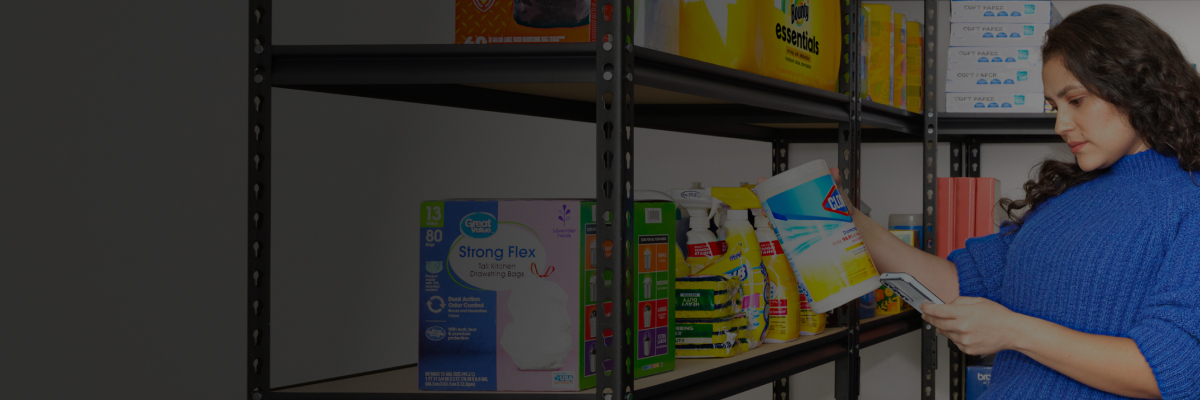
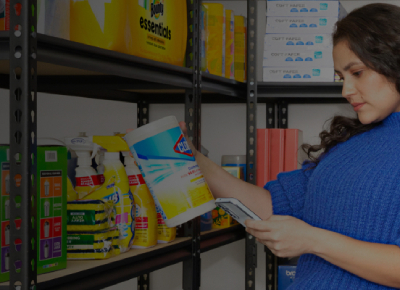
Limited-time offer
Unlock your special promo code
Stay informed on Walmart Business news & get $20 off a $100 purchase!1
1Minimum order of $100. Promo code can be used one time & may not be combined with other offers. Offer not transferable & void where prohibited by law. Customer responsible for all applicable taxes. Offer expires 12/31/2025 at 11:59pm PT. Further restrictions apply. See terms at checkout for details. Promo code offers available in limited quantities. While supplies last.
1 Excludes most Marketplace items, freight and certain location surcharges.
2 Restrictions apply.
3 Rewards can only be used toward future purchases on Walmart Business. Additional terms apply.
4 Savings based on 1 free $35+ delivery order vs. $9.95 fee and 1 free shipping order under $35 vs. $6.99 fee biweekly, plus 2% Walmart Business Rewards on monthly order >$250 (average value of $400).
Exciting news awaits
Hear firsthand about new products, features & promotions.
By clicking submit, you agree to receive emails about Walmart Business and acknowledge you have read and agreed to our Terms of use and Privacy Policy.



